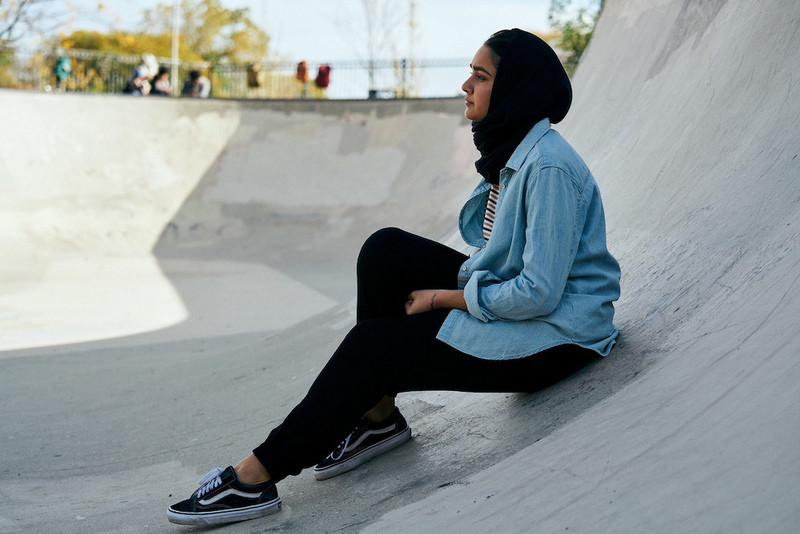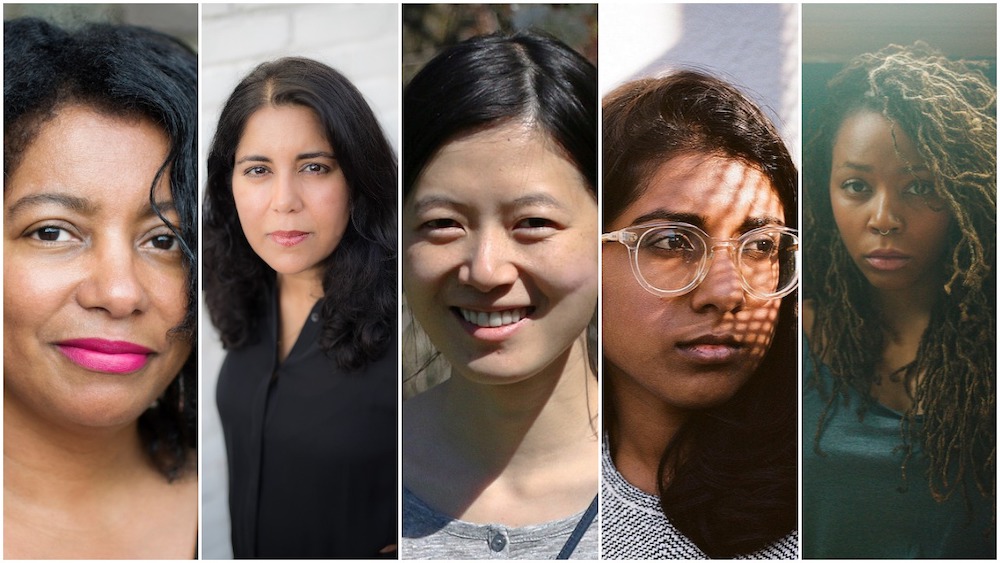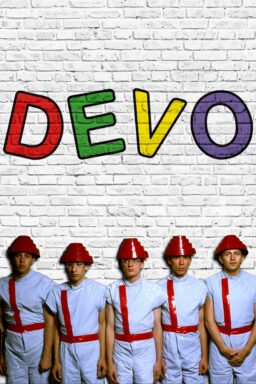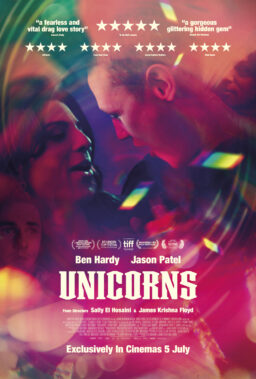Apparently, there was a time when the Sundance Film Festival was a small, exhilarating celebration of quality independent work. Now? It’s a brand, a media circus, an appendage of Hollywood—as evidenced by the commercial marking at every turn. Don’t get me wrong, I’m not complaining. I enjoyed every ‘hosted by, presented with, and featuring’ event that I could add to my already overwhelmingly crowded schedule. Still, it didn’t feel like the world-famous annual celebration of independent film as it was always billed. I couldn’t help but feel that pretty early on following the Day One Press Conference, where Robert Redford (President and Founder of the Sundance Institute) after announcing that he was relinquishing and planning to move on said, “the thing I’ve missed over the years is being able to spend time with the films and the filmmakers.” He eased his departure by sharing his full confidence with the leadership in place. From that point forward, for me, the festival’s curious theme of Risk & Independence was at the forefront of my mind.
The 2019 Sundance Film Festival had a record number of submissions, totaling 14,259, while marking the first year they would be tracking the demographic information of its filmmakers. This year, Sundance was being lauded for its initiative in becoming a more inclusive and diverse festival. For instance, in November, Sundance announced it had achieved gender parity among its film programmers. It followed that up by noting its evaluation of its media credentialing to include more underrepresented film critics, which led to 63% press being from underrepresented groups. So, for many, it was clear that Sundance was actively taking a lead at tackling their version of #OscarsSoWhite controversy.
Honestly, at face value, I was very aware of the diverse and inclusive look of the festival. For a Black woman visiting Utah for the first time, it was much easier to find someone who looked like me than I could have ever imagined. Almost everywhere you turned there was someone with some Sundance affiliation (volunteer, programmer, host, partner, etc.) who was there with a smiling face. Volunteers are truly the unsung heroes of the festival. It’s impossible to leave Sundance not having lucked up on an engaging conversation with the folks scanning tickets, attending to shuttle patrons, or checking your coat before an event. Some of the best connections I made happened in the press office while I was scanning the daily schedule, deciding what thing I absolutely couldn’t miss. It was nice as the first few days at Sundance can be a bit overwhelming.
I was especially interested in the buzz surrounding a number of female-helmed films across the program. According to the festival’s release, 45 of 112 films on the slate this year were directed by one or more women; 40 of 112 were directed by one or more filmmakers of color; and 15 were directed by one or more filmmakers who identity as LGBTQIA+. If you’ve done any reading about this year’s festival, then you know female filmmakers made a statement about their ability to dominate on and off the festival circuit. The top prizes in the festival’s U.S. Dramatic, U.S. Documentary, World Drama competitions, as well as several other major awards went to female filmmakers. Still, my hope is that there’s more opportunity afoot, especially for non-white female filmmakers.
I think it has become easy to talk about diversity as long as we’re careful not to mention by name the elephant in the room: race. I take nothing away from Sundance’s hard work because it’s being noticed, especially among the many Sundance returnees I met. While there was a three-percent increase in the female directors featured in the festival, I hope everyone takes a closer look. When you hear that 40% of selections are directed by women and 39% (in the four primary competition categories) are people of color, you surely assume that questions of diversity might quell. However, according to the USC Annenberg Inclusion Initiative’s report on the Sundance Institute’s artist demographics in submissions & acceptances, in 2017 and 2018 less than 15% of directors of submitted projects within each Festival category analyzed were women of color. Initially, I wanted that to be a Sundance issue—perhaps they should be doing more to support female filmmakers of color. While the study found that 35% of the female directors who worked on top-grossing films from 2007 to 2018 had a touchpoint with Sundance prior to directing that film, we know that pool of female directors will be overwhelmingly white. Although I do hope that Sundance continues to trend in the right direction in terms of diversity and inclusivity, it is important to look at the whole picture.

In reality, this is still an industry problem—but I hope to see more organizations follow the lead of the Sundance Institute. There need to be more intentional pipelines created for women of color filmmakers. There isn’t a shortage of talent which was on display in the popularity of films by female filmmakers of color—“Always in Season” (Jacqueline Olive, pictured at top), “Late Night” (Nisha Ganatra, pictured at top), “One Child Nation” (Nanfu Wang and Jialing Zhang, pictured at top), “Selah and the Spades” (Tayarisha Poe, pictured at top), “The Farewell” (Lulu Wang), “Hala” (Minhal Baig, pictured at top), and “Clemency” (Chinonye Chukwu). Why is it still so hard for women of color to gain the same access to labs, producers, non-profit funders, and connections as their peers? That’s the next hurdle I hope Sundance (and many others) tackle next.
So, how the themes of Risk & Independence hold up at Sundance this year? Well, depending on how you define ‘risk,’ they would fair with a decent ranking. From the controversial Michael Jackson documentary “Leaving Neverland” to complex and conflicting stories of “Clemency” and “Honey Boy,” there was an interesting amount of risk weaved through the storylines at festival. Though, I’d argue you’d find it more in the quietly brilliant but eccentric picaresque “Give Me Liberty” or in the human body’s integration in an experience at the New Frontier virtual reality program.
As for independence, there’s more uncertainty there. With so many events and spaces feeling so ‘members only,’ I’m not sure the independence that once defined the festival could possible still exist. Still, the spirit of independence resonated across the droves of people who traveled from all over the world to spend over a week in beautiful Park City, Utah. I think this year’s infusion of fresh voices gave some life to the possibility of revitalizing the authenticity, creativity, and originality that made Sundance the premiere film festival in the U.S. Here’s to preservation of the public square that creatively connects and elevates the voices of diverse independent artists—embodying the values of empathy, kindness, compassion, and forgiveness, the tenets of the Ebert Fellowship.
Being a Roger Ebert Sundance Fellow was an unmatched way of kicking off a new, creative year—life changing in so many ways. Park City, you’re beautiful—thank you! Sundance, you were amazing—thank you! Let’s do it again next year.











